Top 46 AI E-commerce Assistant Tools and Products
The AI E-commerce Assistant is a type of tool specifically designed for the e-commerce industry using artificial intelligence technology. It helps merchants solve issues related to customer service, inventory management, personalized recommendations, and more to enhance user experience and sales efficiency. These assistants can analyze user behavior and operate intelligently to provide personalized shopping suggestions for customers, thereby increasing user engagement and satisfaction.


29K+26%
HeiChat
AI Data Analysis Tool
AI E-commerce Assistant
AI Customer Service Assistant


4K-49%
Enalito
AI Data Analysis Tool
AI E-commerce Assistant
AI Customer Service Assistant
AI CRM Assistant
AI Email Marketing


185K+18%
Pietra Studio
AI E-commerce Assistant
AI Customer Service Assistant
AI Marketing Plan Generator
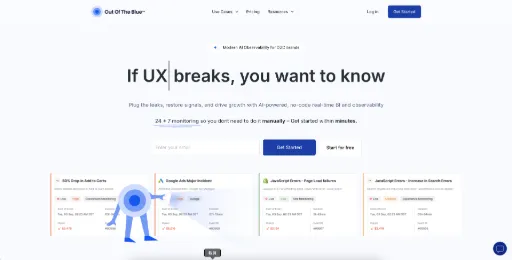

18K-33%
OutOfTheBlue
AI Data Analysis Tool
AI Sales Assistant
AI E-commerce Assistant
AI Monitor and Reporting Generator
AI Marketing Plan Generator
AI Customer Support Tool
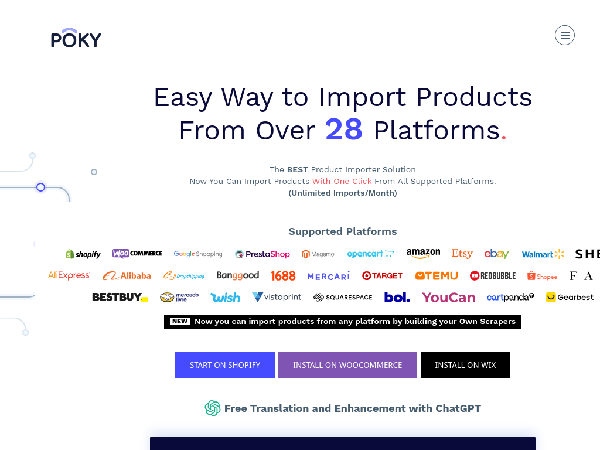

198K+17%
Poky
AI Data Analysis Tool
AI E-commerce Assistant
AI Product Description Generator
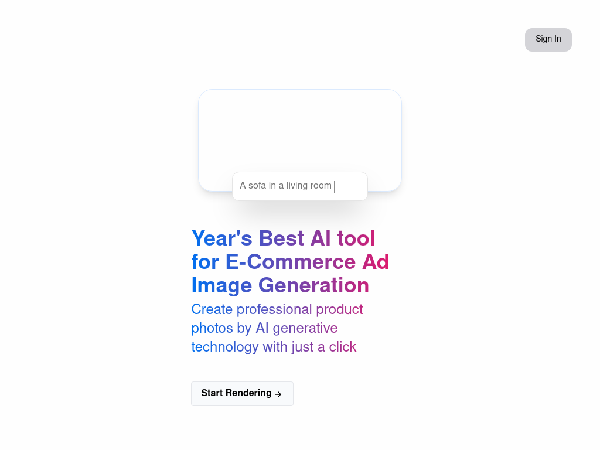

EcommerceAi
AI Photo Enhancement
AI Image Editor
AI E-commerce Assistant
AI Design Assistant
AI Ad Generator
AI Content Generator
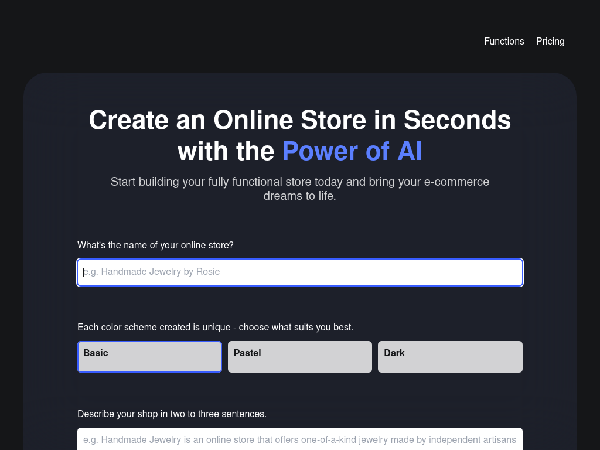

554+137%
BranchBob
AI E-commerce Assistant
AI Design Assistant
AI Website Builder
AI Marketing Plan Generator


18K+19%
Peeksta
AI Data Analysis Tool
AI Advertising Assistant
AI Social Media Assistant
AI E-commerce Assistant
AI Email Marketing
AI Website Analysis Tool
AI Marketing Plan Generator
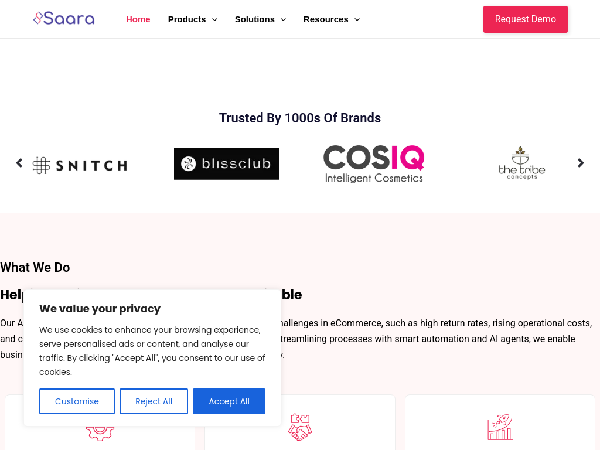

35K+9%
Saara
AI Data Analysis Tool
AI E-commerce Assistant
AI Customer Service Assistant
AI Marketing Plan Generator
Featured
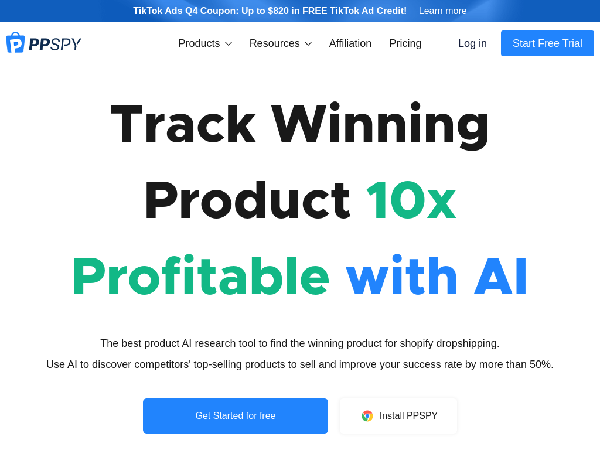

935K+29%
PpSpy
AI Data Analysis Tool
AI Sales Assistant
AI E-commerce Assistant
AI Marketing Plan Generator
Featured Products
TempMail
Instant disposable secure email
ATemplate
Free web templates for everyone
BacklinkX
Curated high authority backlink list
TempMailSafe
Create temporary email for safe browsing
ExplodingTopics
Track emerging trends early
ImageTranslateAI
translate image text instantly
PageFlows
Explore real-world UI/UX design flows
Atlas
Build interactive web maps effortlessly
Core Features
- Automated Customer Service: Providing 24/7 customer support through chatbots to resolve common issues.
- Personalized Recommendations: Analyzing user behavior data to provide personalized product recommendations, increasing conversion rates.
- Inventory Management: Real-time monitoring of inventory status, assisting merchants in optimizing purchase and replenishment decisions.
- Marketing Automation: Automating marketing campaigns to increase user engagement and conversion rates, saving labor costs.
Applicable Scenarios
| Use Case | Target User Group | User Needs and Pain Points |
|---|---|---|
| Online Retail | Small and medium-sized e-commerce | Improve operational efficiency, address customer inquiries |
| E-commerce Platforms | Large-scale e-commerce platform operators | Precision marketing, inventory management, and analysis needs |
| Cross-border E-commerce | Cross-border e-commerce merchants | Adapt to different markets, language translation, and customer service solutions |
Differences and Advantages Compared to Other Tools
| Tool Type | Advantages | Differences |
|---|---|---|
| AI E-commerce Assistant | Provides customized services and personalized recommendations | More intelligent and automated than general customer service systems, adapting to the characteristics of the e-commerce industry |
| Traditional Customer Service | Manual service, capable of emotional communication | Limited handling capacity, high labor costs, lack of personalized service |
Selection and Usage Recommendations
- Define Business Needs: First determine the specific problems that need to be solved and select targeted tools.
- Assess Technical Capabilities: Choose AI tools equipped with language understanding and user behavior analysis.
- Consider Integration Capabilities: Ensure the tool can seamlessly connect with existing e-commerce platforms to avoid information silos.
- User Experience First: Choose user-friendly tools to ensure a smooth experience for users.
- Regular Optimization: Regularly analyze usage effectiveness and make adjustments to ensure the tool continues to adapt to business changes.
FAQs


Discover and compare your next favorite tools in our thoughtfully curated collection.
2024 Similarlabs. All rights reserved.
Collections
Designer Tools CollectionCategories
AI Data Analysis ToolAI Content GeneratorAI AssistantAI Social Media AssistantAI Image EditorAI Marketing Plan GeneratorAI Video GeneratorAI Education AssistantAI Writing AssistantExplore
Featured ProductsFree ProductsLatest ProductsDomain Update in 6 MonthsDomain Update in 1 YearTop Traffic ProductsTop Traffic Growth Products2024 Similarlabs. All rights reserved.

